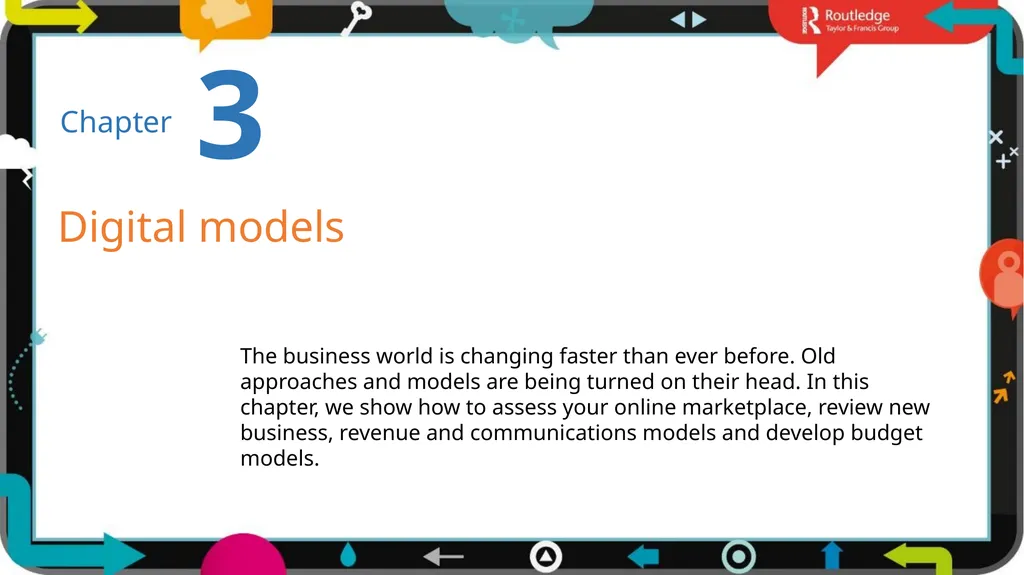1 3 Chapter Digital models The business world is
Author : kittie-lecroy | Published Date : 2025-05-16
Description: 1 3 Chapter Digital models The business world is changing faster than ever before Old approaches and models are being turned on their head In this chapter we show how to assess your online marketplace review new business revenue and
Presentation Embed Code
Download Presentation
Download
Presentation The PPT/PDF document
"1 3 Chapter Digital models The business world is" is the property of its rightful owner.
Permission is granted to download and print the materials on this website for personal, non-commercial use only,
and to display it on your personal computer provided you do not modify the materials and that you retain all
copyright notices contained in the materials. By downloading content from our website, you accept the terms of
this agreement.
Transcript:1 3 Chapter Digital models The business world is:
1 3 Chapter Digital models The business world is changing faster than ever before. Old approaches and models are being turned on their head. In this chapter, we show how to assess your online marketplace, review new business, revenue and communications models and develop budget models. 2 3.1 Introduction to digital models MODEL Anything that represents reality There are many different implications of change across a variety of models: Development of online marketplace models Change in business and revenue models “Markets become conversations” (Levine et al, 2000) between customers and customers & employees Change in value chains and distribution channels, new value networks are formed New revenue streams through ads and affiliated links Marketing transparency through open systems and control mechanisms Interactive brand equity Shift to virtual businesses 3 3.2 Online revenue models 9 Ad revenue models Subscription access to content Pay Per View access to documents CPM display advertising on site CPC advertising on site Sponsorship of site sections of content types Affiliate revenue Subscriber data access for email marketing Access to customers for online research Freemium models Revenue from 4 3.2 Online revenue models 5 3.3 Intermediary models 6 3.3 Intermediary models The long tail marketplace model – Zipf’s law Refers to any large collection of items ordered by size or popularity. Describes how the frequency or popularity of items declines in a regular way. 7 3.3 Intermediary models Situation in which the ”long tail” can be encountered: Popularity of search terms within a category or for an individual site. Popularity of content within a web site. Popularity of items purchased for an e-retail site. Popularity of web sites in a category measured through unique visitors 8 3.4 Attribution models Customers buy in different ways 1st step Setting up clear goals in Google Analytics 2nd step Tagging different media channels It is important to use a unified tracking system Achieving customer conversion: 9 3.4 Attribution models 10 3.4 Attribution models Checklist to assess your tracking capabilities Q1. Do you have unified tracking across all media? What high-level reporting do you have that enables you to compare cost (CPA), value (ROI, ROAS or LTV) and conversion across all media? What granularity do you have; i.e. how far can you break down by? Q2. Do you have unified tracking across all media? Last referrer First referrer Weighted mix between the two Have you successfully removed duplication through using common tagging














